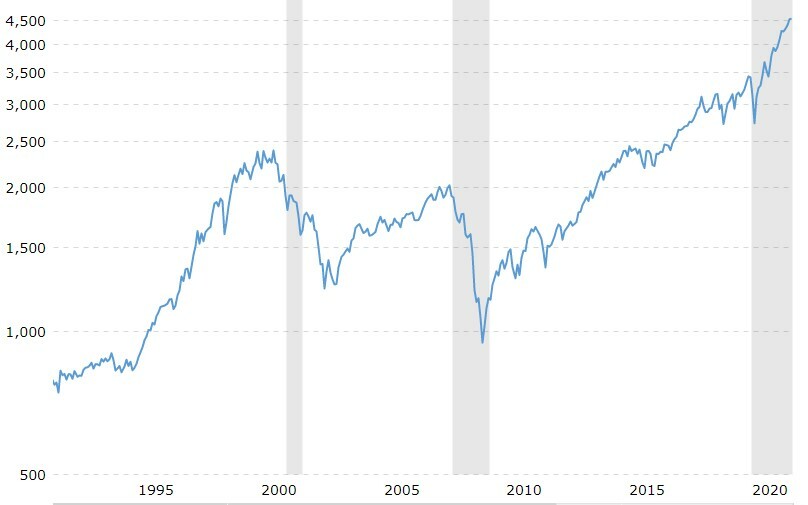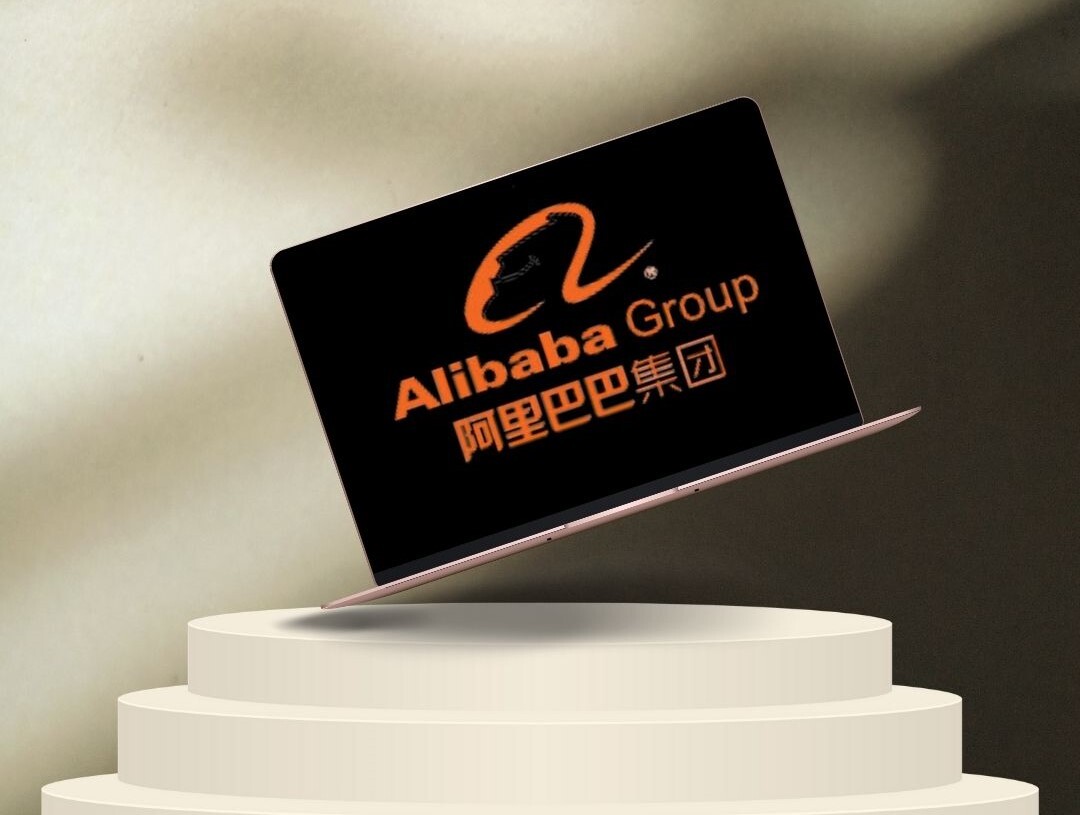- First, I have published my investment thesis on Berkshire – one of the oldest positions in My Portfolio.
- Second, I reviewed 3 interesting papers and articles as well as 2 investment letters covering Alibaba’s investment thesis.
- Third, I share my 6 takeaways from recent interviews with Richard Pzena and Bill Nygren.
Berkshire Hathaway – my core holding, still underappreciated
Any investor would be quick to name Warren Buffett, if not the world’s best investor, than definitely among the top 5. Yet, the company that he runs (Berkshire Hathaway) and in which he keeps over 95% of his net worth gets much less attention. I think some hard-core value investors may not view it as cheap enough, while for those who are more growth-oriented, Berkshire could be too large to deliver its historical 20%+ growth. Besides, in a zero-interest-rate world, Berkshire is outcompeted by all kind of investors, including most recently SPACs and hence struggles to deploy its growing cash pile.
I generally disagree with both arguments. I still think that Berkshire remains undervalued (trading at about 27% discount to my conservative estimate of NAV) and offers 12-17% growth in the mid-term (NAV should double in 4-6 years). Importantly, this return is tax efficient as Berkshire does not distribute dividends which are normally taxed higher in most countries with zero tax payments arising as long as you keep holding it.
True, it does not offer the highest upside, but it has one of the lowest downsides, which I think is the key criteria for position size.
By owning Berkshire, I team up with the world’s greatest investor and his team, whose interests are fully aligned with mine. In a way, I outsource some of my investment decisions to a person who has more experience, a wider network and, frankly, a better track record.
I see an additional benefit of owning Berkshire now when inflationary pressure is growing, and many markets are at their record highs. Berkshire owns many regulated businesses, as well as businesses with strong brands (and, hence, pricing power), which positions it well for possible inflation. Its insurance business should benefit from higher interest rates as its float will earn more income than currently.
Finally, if the correction happens, Berkshire’s $161bn cash pile (15% of its total assets) would become much more valuable, with more attractive opportunities likely available. The company has also been buying its own shares much more actively, reducing its total share count by 7% since 2Q20 ($30.5bn spent in the past 12 months). This buyback programme would generate higher returns if Berkshire were able to buy its shares at a lower price (the same amount of money would buy more number of shares).
My full 16-page investment thesis on Berkshire Hathaway is published here.
New interesting materials and observations
When most stocks are not cheap on standard metrics, 2 questions often come to mind. A. Should I sell and wait for better entry levels (and if so, then how much do I sell)? B. Which stocks should I be selling: stocks of companies that have been doing well but valued accordingly or cheaper stocks of companies that have performed less exciting (due to operational, regulatory or other issues)?
S&P 500 - 30-year performance

Instead of putting my own thoughts together, I found this piece by Chris Cerrone, a partner at Akre Capital Management, which addresses this issue very well. Chris brings up three reasons why they do not sell on valuation argument alone:
“First, when selling because of valuation, it is often with the idea that there will be an opportunity down the road to buy back in at lower prices. In our experience, it seldom works out this way.
Second, of the thousands of publicly traded companies, there are probably fewer than one hundred that meet our criteria, and opportunities to buy them at attractive prices are few and far between. Unlike average businesses that can be traded like-for-like on the basis of valuation alone, growing and competitively advantaged businesses are just too hard to replace.
Third, the very best businesses tend to exceed expectations. What may seem like a high price today may be proven to be perfectly reasonable in hindsight”.
Chris also explains why valuation plays no role in Akre’s decision-making process mainly because of the types of businesses they invest in. I have added the link to the full piece to My Library here.
I also enjoyed thoughts shared by another investor, Vitaliy Katsenelson, on whether it is wise to go into cash by selling stocks now. The main idea is that it is extremely unlikely that you would call the market top (stocks could continue rising after you sell), but even more crucial is the high risk of not entering the market back because when correction finally happens, it is very hard to force yourself to buy feeling vindicated and also more scared with more negative newsflow and falling asset prices. The link to Vitaliy’s piece is also in My Library.
Finally, I added an interesting article by Santa Fe professor Brian Arthur on businesses with increasing returns published in Harvard Business Review. It is probably one of the first times when such an idea was presented, which now looks quite obvious. Arthur argued that the traditional model of diminishing returns applies to old industries focused on manufacturing, while new knowledge-based sectors have different characteristics.
There are at least three reasons behind such model: 1) High front-loaded costs (R&D) with low marginal cost, 2) high network effects (product value increases with a number of users), and 3) ‘Customer Groove-in’ – high lock-in costs as new products require training and are hard to switch from in the future. According to Arthur, the economics of increasing returns leads to a change in strategy away from execution to looking for the new big thing. This requires a more decentralised organisational structure, more partner-like culture, among other things.
One big implication for investors from such a model is that strong companies get stronger, while weak operators get weaker. Applying a traditional value-based approach focused on statistically cheap stocks can be dangerous if the quality of the business is not taken into account. This may sound obvious, but it is still hard to overemphasise the importance of this idea. Besides, reading a paper written some time ago by a professor rather than an investor can add new useful perspectives.
Alibaba: useful arguments of investors who have recently bought in

I am finishing my analysis of Alibaba company. I quite like the overall context when a broader market is frightened by negative headlines while business fundamentals generally remain intact. I listened to the company’s 2020 Investor Day with lots of interest. I hope to share my thoughts on Alibaba quite soon.
In the meantime, I thought that two investors had interesting thoughts on this company. I have added them to the My Portfolio section under Third-Party Research here.
Other observations
The benefit of a journal is its free format compared to other written materials where you have to follow some standard format. The main purpose of my journal is to keep learning in order to become a better investor (and hopefully help others along the way).
So today, I am also writing down some thoughts that I came across recently.
Brown University has started publishing videos from its Value Investing Series. I particularly liked a session with Richard Pzena and Bill Nygren. Here are my takeaways.
Richard Pzena (founder of Pzena Investment Management):
Banks business model - 2 businesses combined: lending + deposit gathering. Lending is a commodity, growing a loan book is easy, you just lower interest on loans. Growing deposits is much harder because people value their relationships with banks, tend to be sticky unless they are pissed off. The loyalty of customers to their banks is very high, higher than to any other industrial or consumer products. You willingly provide your money to an institution at a below market rate.
When rates are 1% - banks are printing money – they pay you zero and earn 1%.
Insurance – life and property and casualty. When rates are low – life insurance suffers. It is a very long tail business as you invest a premium over decades. But the key is to realise how slowly interest earnings run off at financial institutions because instruments are so long-term. When the stock price is below Book Value, it is almost impossible to come with a scenario when you lose money. And if rates recover – you make a lot of money.
Pharma – similar to an oil company that has a few producing fields but which deplete over time, and you need to replace them with new discoveries or acquired assets. How to evaluate pharma’s companies ability to come up with new drugs. Past track record says little about their ability to find new drugs (not convinced). What pharma companies have is the ability to manage and distribute a complex product through a well-managed skilful sales force and distribution process.
Oil - $20tn needed for the next 20 years to meet declining oil demand, according to IEA. This amount of capital needs is higher than what has been spent in the past 20 years. The current environment discourages investments into the oil sector, which naturally pushes prices higher.
Full interview.
Bill Nygren (Portfolio manager at Oakmark Funds)
Disney and Netflix – not about a single winner, 3-4 subscription services can successfully co-exist. Netflix – biggest number of subscribers allows to big best prices for the best content to provide to customers. Disney is about going direct to the consumer rather than acting as a new disruptor. Replacing old shops selling video cassettes or other subscriber services. Do not to invest much more in content; a different channel to distribute it.
P/E multiples irrelevant for Pharma companies – deceiving level of cheapness as 1-2 drugs can generate most of the earnings, and they can be go off patent in a couple of years. Pre-R&D multiple – if we like management, will should be comfortable with their investments. Use EV / (EBITDA + R&D) multiple for quality pharma companies.
Full interview.
Did you find this article useful? If you want to read my next article right when it comes out, please subscribe to my email list.



